Many of you have probably heard of the Perseids. Although it is not the most powerful meteor shower of the year, it is certainly the most famous and “hyped”. And this is not surprising. The Perseids peak in August. On the one hand, at this time, the northern hemisphere still has warm nights that are pleasant to spend outdoors. On the other hand, in August, the Sun sets much earlier and rises much later than in June and July. This provides a longer duration of darkness when you can make observations.
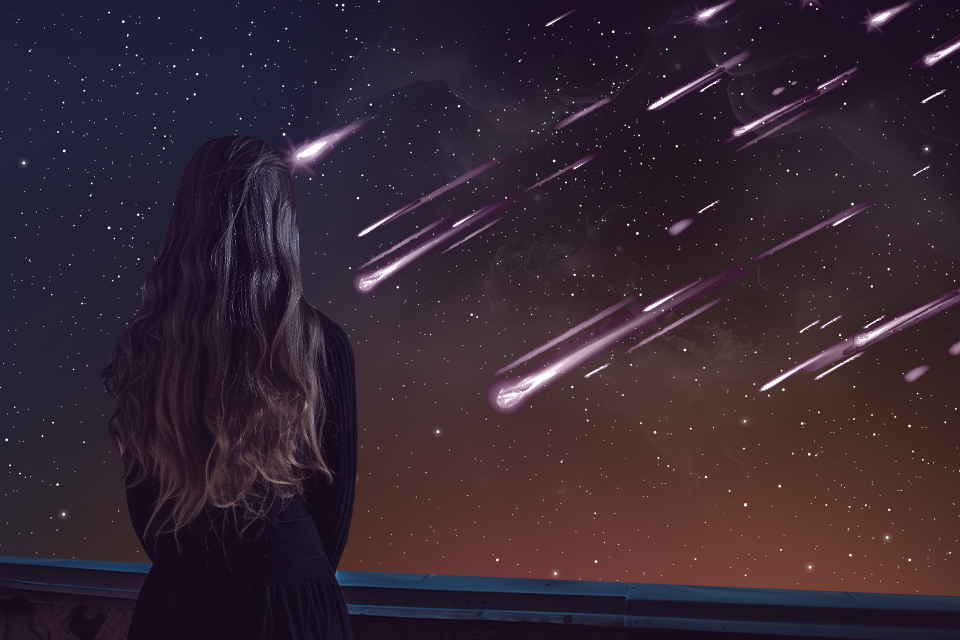
However, few people know that the Perseids are preceded by another meteor shower. It is fainter than the Perseids, but has a very interesting origin, and in 2024 the conditions will be really good for its best observations. This stream is called the Southern δ-Aquarids.
An interstellar meteor shower?
The meteor shower occurs when the Earth passes through a plume of dust, the main suppliers of which are comets. The particles ejected by them move along roughly the same trajectory as their “mother”, so for terrestrial observers, the meteors they produce look like they are coming from a single point on the celestial sphere (radiant). The vast majority of dust particles are no larger than a grain of sand and burn up in the Earth’s atmosphere without a trace. Therefore, meteor showers pose no threat to our planet.
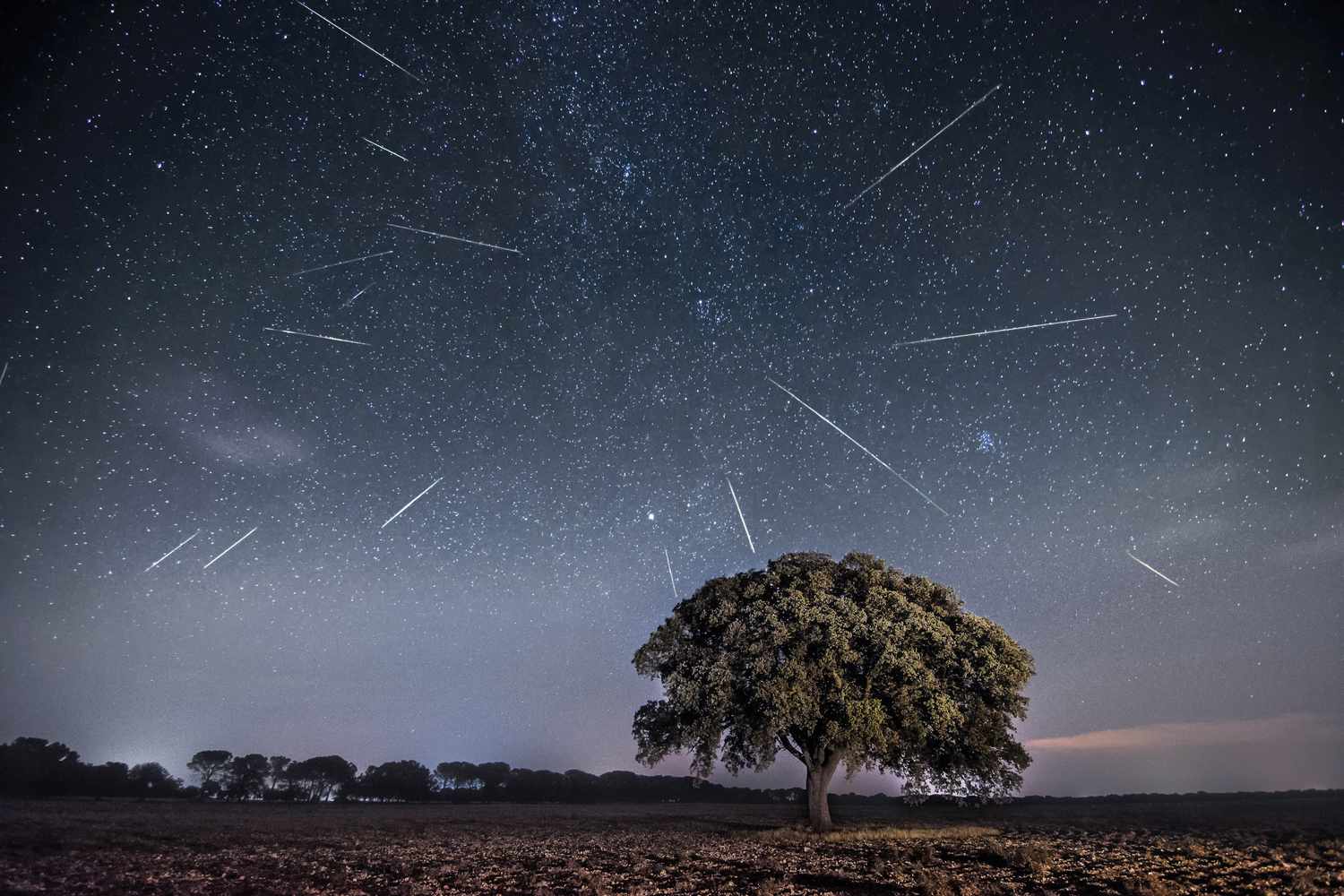
The Southern δ-Aquarids get their name because their radiant is located in the constellation Aquarius near the star Delta Aquarii. Astronomers still do not know their exact origin. Currently, the most likely candidate is comet 96P/Machholz. This is a very interesting object. First, it has an extremely unusual chemical composition. The guest’s tail contains much fewer carbon and cyanide molecules than other comets.
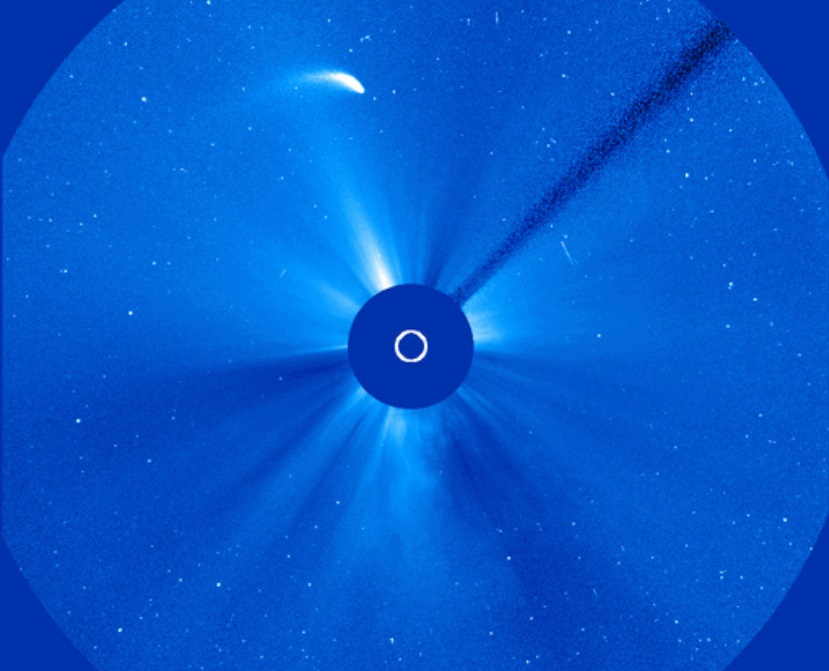
Another unique feature of 96P/Machholz is its orbit. It is very elongated and very strongly inclined to the ecliptic plane (more than 58°). At the same time, its perihelion passes at a distance of only 0.123 AU from the Sun, which is 2.5 times less than the perihelion of Mercury. No other short-period comet comes so close to our luminary. On top of that, 96P/Machholz is also in a 9:4 orbital resonance with Jupiter.
With this in mind, many researchers assume that 96P/Machholz is an interstellar comet that was captured by the Sun’s gravity at some point. Calculations show that in the future, it has every chance of leaving the Solar System forever and going on an interstellar journey again.
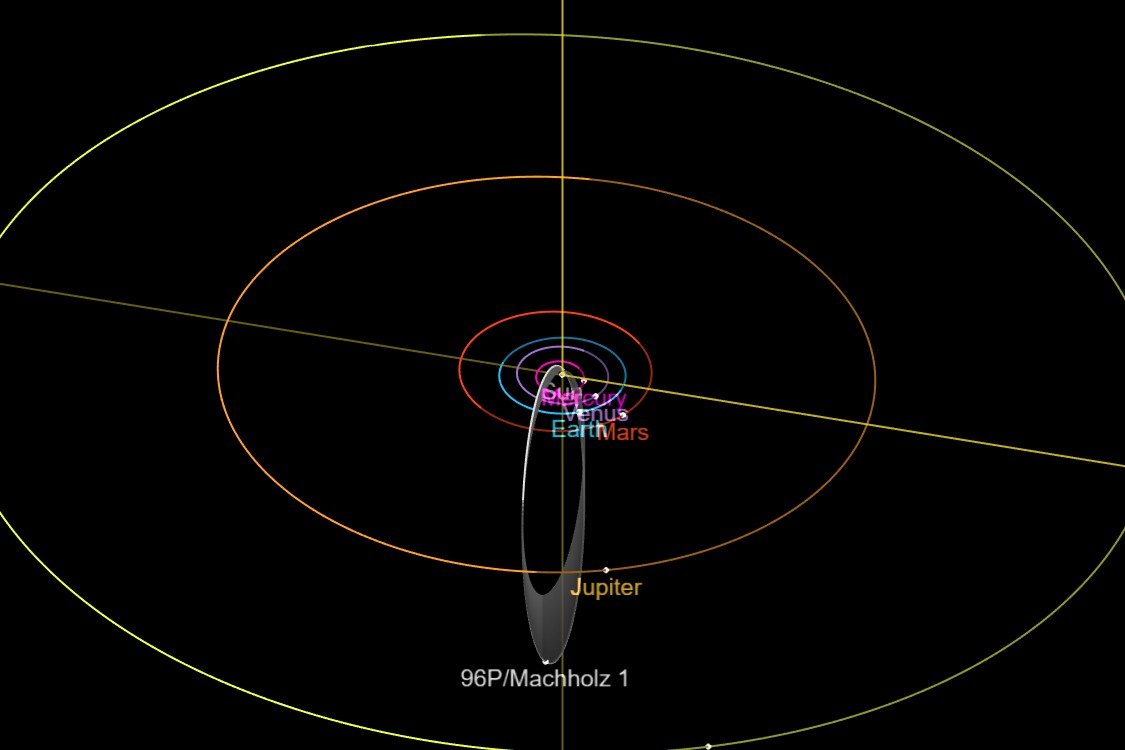
Therefore, if 96P/Machholz really has extrasolar origin and is the source of the Southern δ-Aquarids, then they can be called an interstellar meteor shower. This certainly adds interest to the upcoming sky show.
Dates and conditions for observing the Southern δ-Aquarids
As we have already mentioned, the Southern δ-Aquarids are far from being the most powerful meteor shower. They can be seen in the sky from July 18 to August 21. This year, they will peak on July 30-31, when up to 20 meteors can be observed per hour. For comparison, at the peak of the same Perseids, an average of about 50 to 60 meteors can be observed.
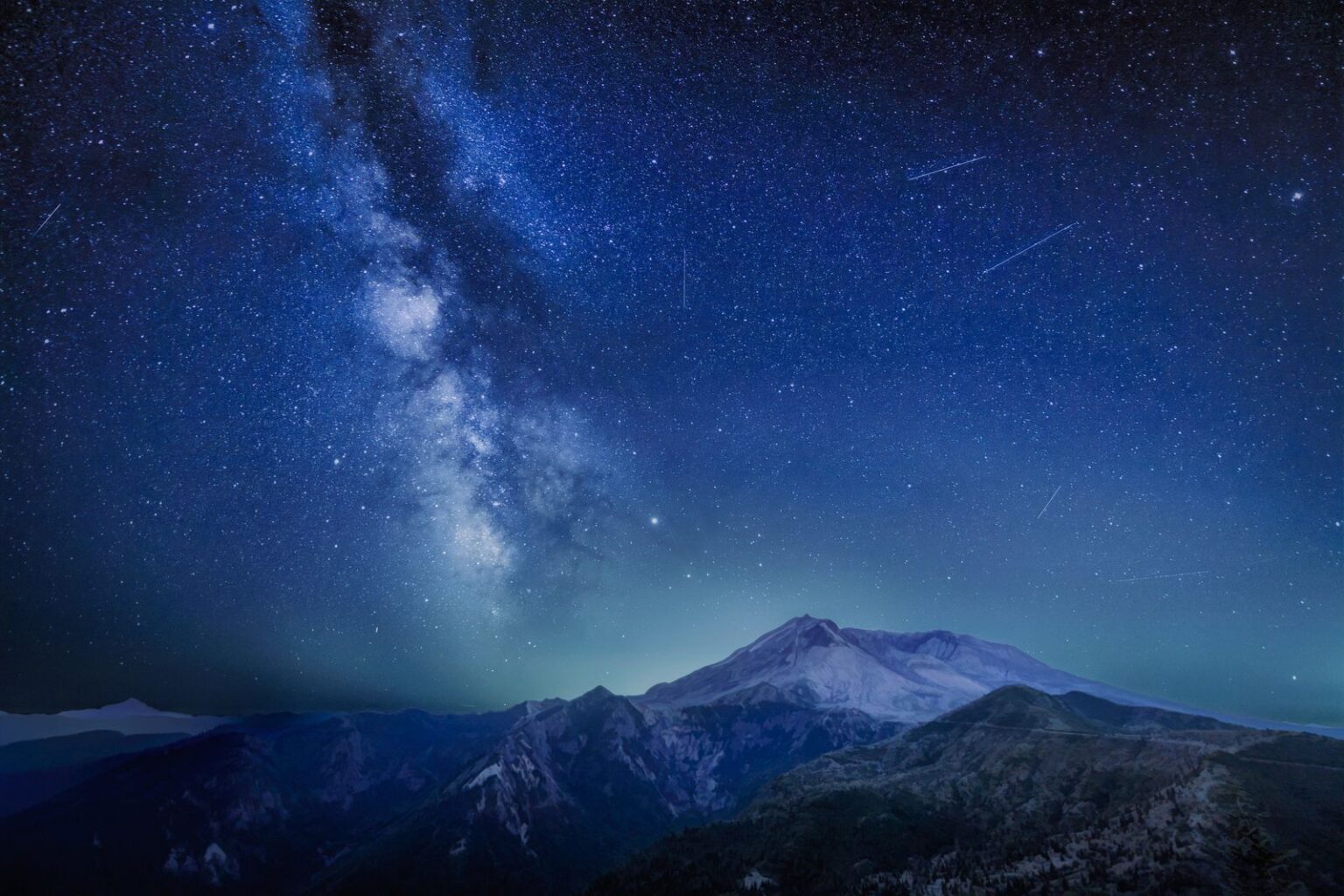
At the same time, the Southern δ-Aquarids have a fairly wide peak. This means that the maximum number of shooting stars is usually observed over several nights on either side of the maximum date. In addition, meteors move rather slowly across the sky, which makes them easier to observe.
Another important circumstance is that this year, during the maximum of the Southern δ-Aquarids, the Moon will be in the last quarter phase. Therefore, its light will not interfere with the observations so much. Finally, by this time, the first Perseids will be visible in the sky. So the total number of shooting stars in the sky will be higher than usual.
So how do you see the Southern δ-Aquarids? They are best observed in the southern hemisphere and equatorial latitudes, where the flux radiant will be high in the sky. But in the northern hemisphere, the Southern δ-Aquarids can also be seen.
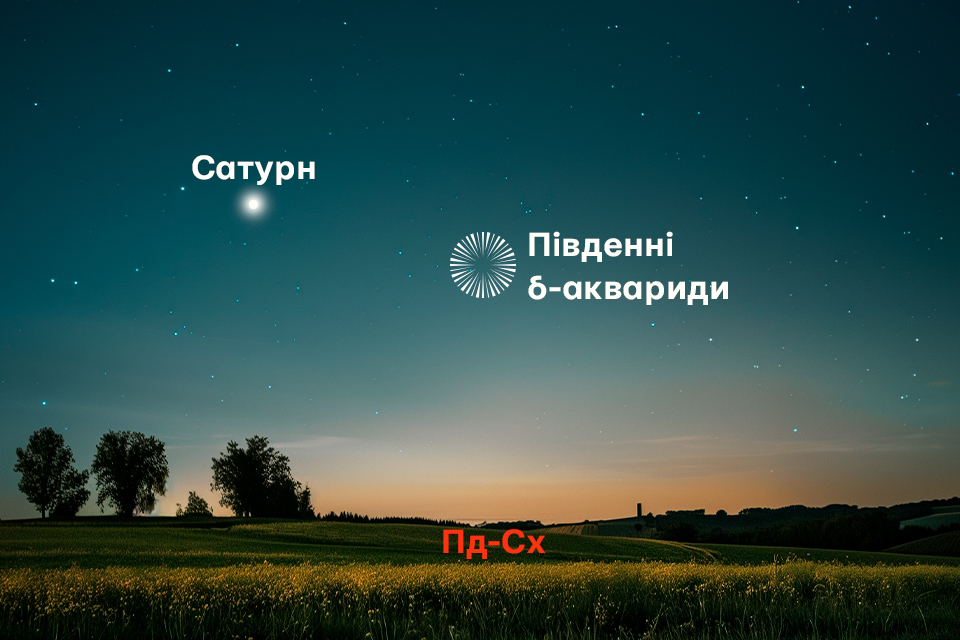
The best conditions for observing meteors in our latitudes will be before dawn, when the radiant is at its highest position above the horizon. To see the Southern δ-Aquarids, you should look in the direction of the south-southeast. In places far from city lights, observers have a pretty good chance of seeing several meteors and making a wish. Who knows? It is possible that millions of years ago, in another star system, someone looked at shooting stars in the same way and made a wish.


